
Taiwan Can't Block China's Advanced Chip Access Alone
One of the central drivers of the deepening geopolitical rifts between China on one side and Taiwan and the US on the other is dominance over global semiconductor supply chains . This is because semiconductors – or microchips – power everything from smartphones and home office software to critical infrastructure and advanced military hardware.
As international demand for sophisticated microchips surges, not least owing to the blistering growth of artificial intelligence , so does their strategic value to the global economy and the progress of individual nations. China today spends as much importing microchips as it does importing oil.
This deepening reliance on semiconductors around the world adds another layer of complexity to simmering China-Taiwan tensions . Today, Taiwan is the world's largest and most advanced microchip producer , and China is the planet's biggest consumer of semiconductors .
As researchers in geopolitics and advanced technologies , we see the competition to control microchip supply chains as one of the defining struggles of the 21st century. Taiwan's experience could serve as an example to the US, which on September 6, 2024, announced a fresh wave of export controls on semiconductor goods.
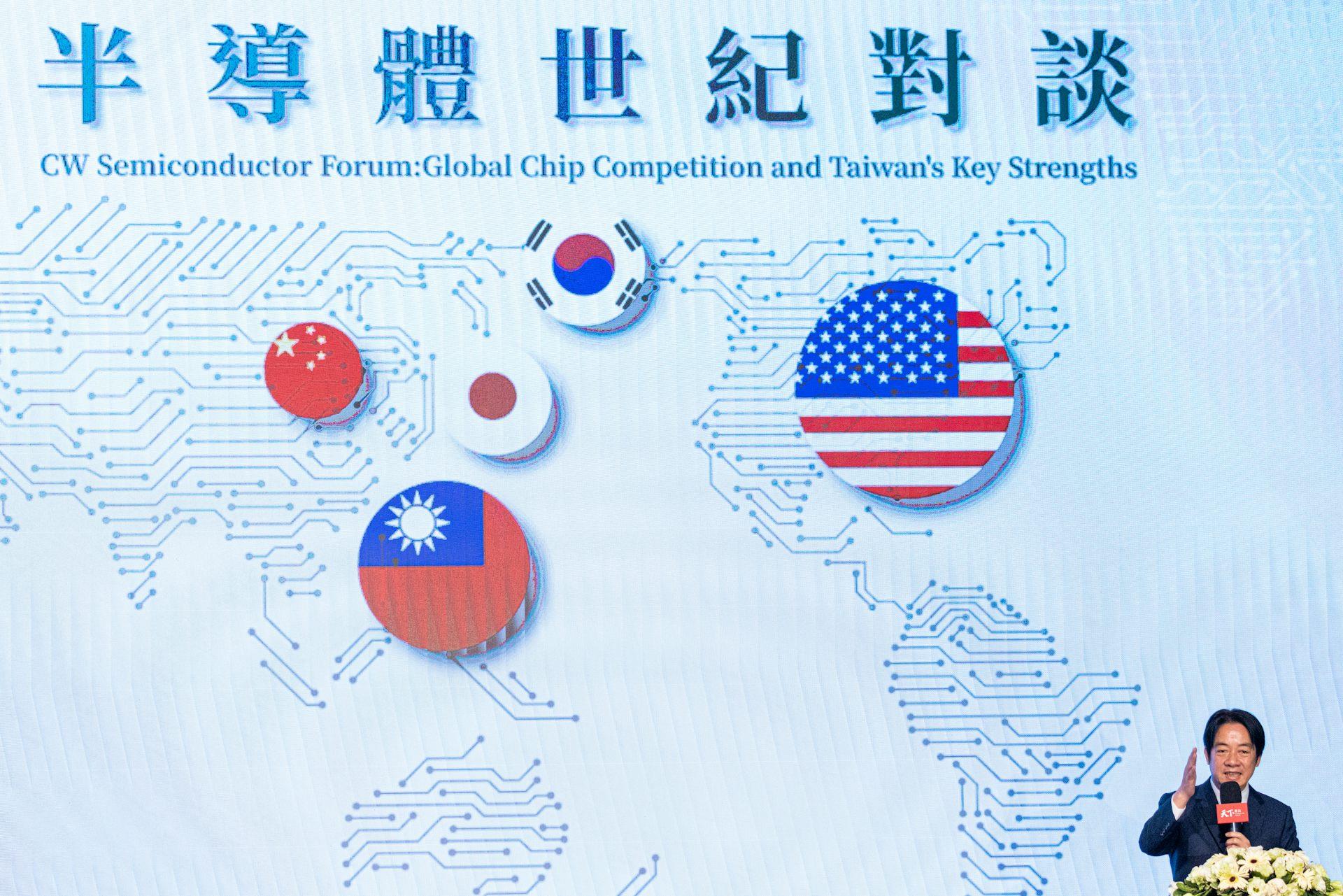
Taiwanese Vice President Lai Ching-te gave a speech at the CommonWealth Semiconductor Forum in 2023 in Taipei, Taiwan. Annabelle Chih/Getty Images
Taiwan did not emerge as the world's semiconductor powerhouse by accident. The self-governing island has been producing high-quality microchips for decades due in large part to its flexible production network and world-class engineering talent pool.
Yet Taiwan faces a delicate balancing act in maintaining its market superiority in semiconductors, especially when it comes to exporting advanced technologies to China.
For one, Taiwanese policymakers are understandably determined to both avoid political entanglements with a country that views the island as its own territory and hold on to the island's intellectual property. Moreover, Taiwan wants to keep microchips from powering Chinese missiles currently pointed at the capital, Taipei.
The road to regulating chipsUntil the early 1990s, the transfer of technologies to China was prohibited under Taiwanese law . But regulations were weakly enforced. As a result, Taiwanese businesses frequently circumvented existing sanctions by rerouting investments through then-British Hong Kong. The reality was that the chip industry was a lucrative source of revenue for the island.
Taiwan's approach to regulating the flow of technologies started to change in 1993 when President Lee Teng-hui implemented the“no haste, be patient” policy. The strict ban was relaxed and replaced by a system in which additional layers of oversight were added to highly advanced technologies, deals valued at more than US$50 million and specialized critical infrastructure projects.

Legal Disclaimer:
MENAFN provides the
information “as is” without warranty of any kind. We do not accept
any responsibility or liability for the accuracy, content, images,
videos, licenses, completeness, legality, or reliability of the information
contained in this article. If you have any complaints or copyright
issues related to this article, kindly contact the provider above.


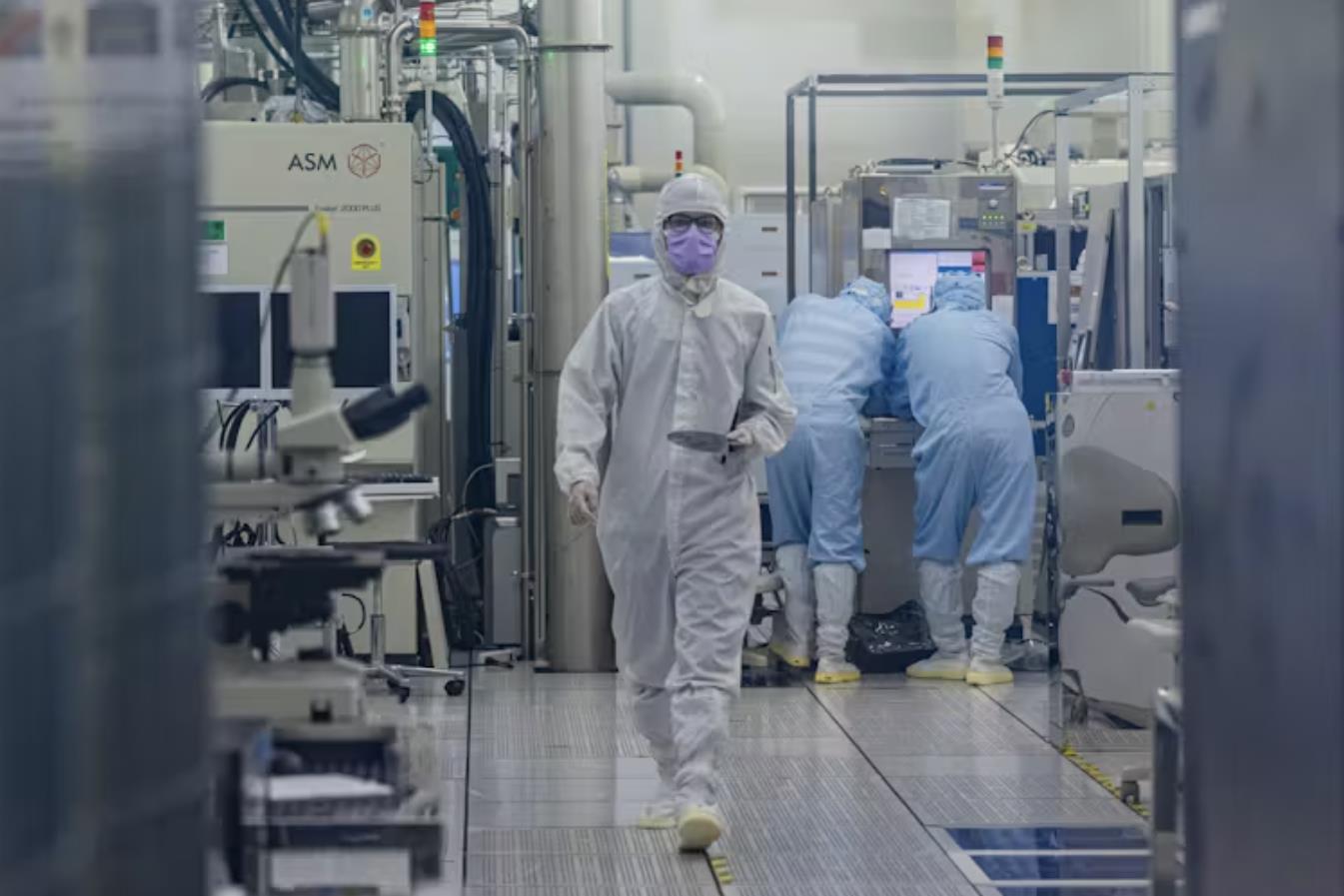
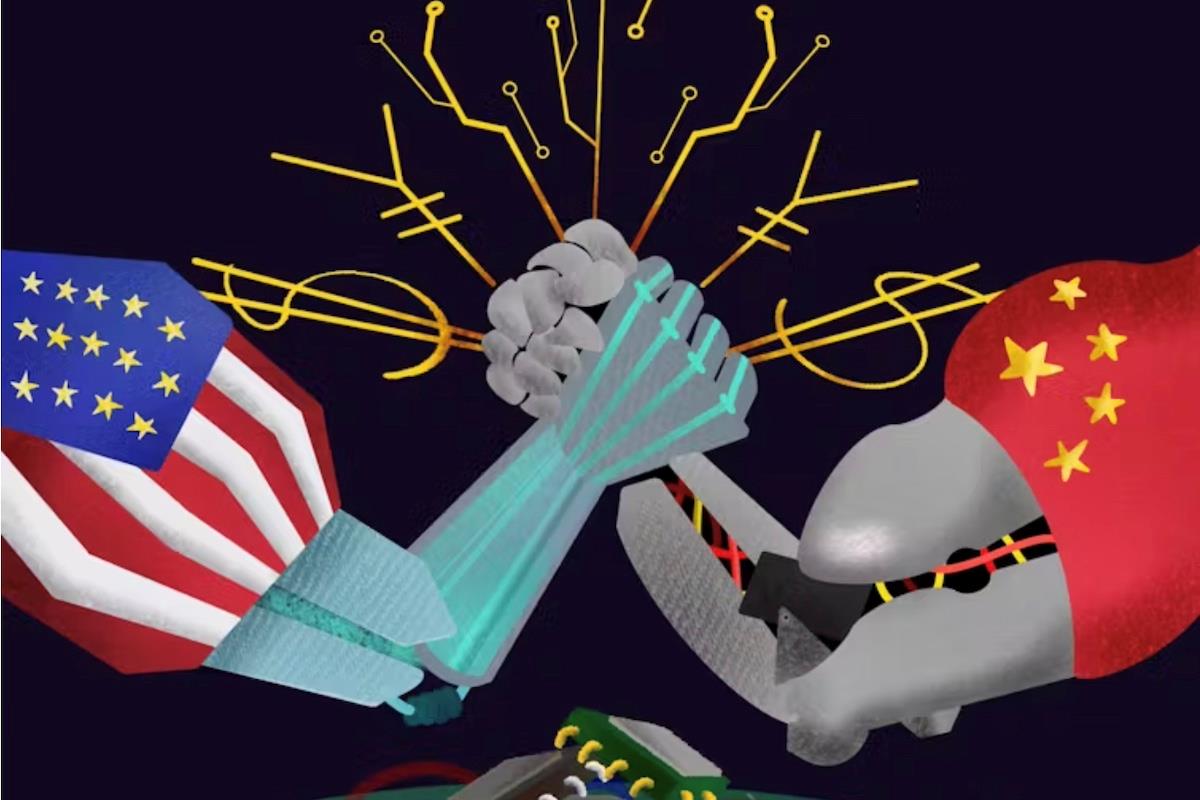
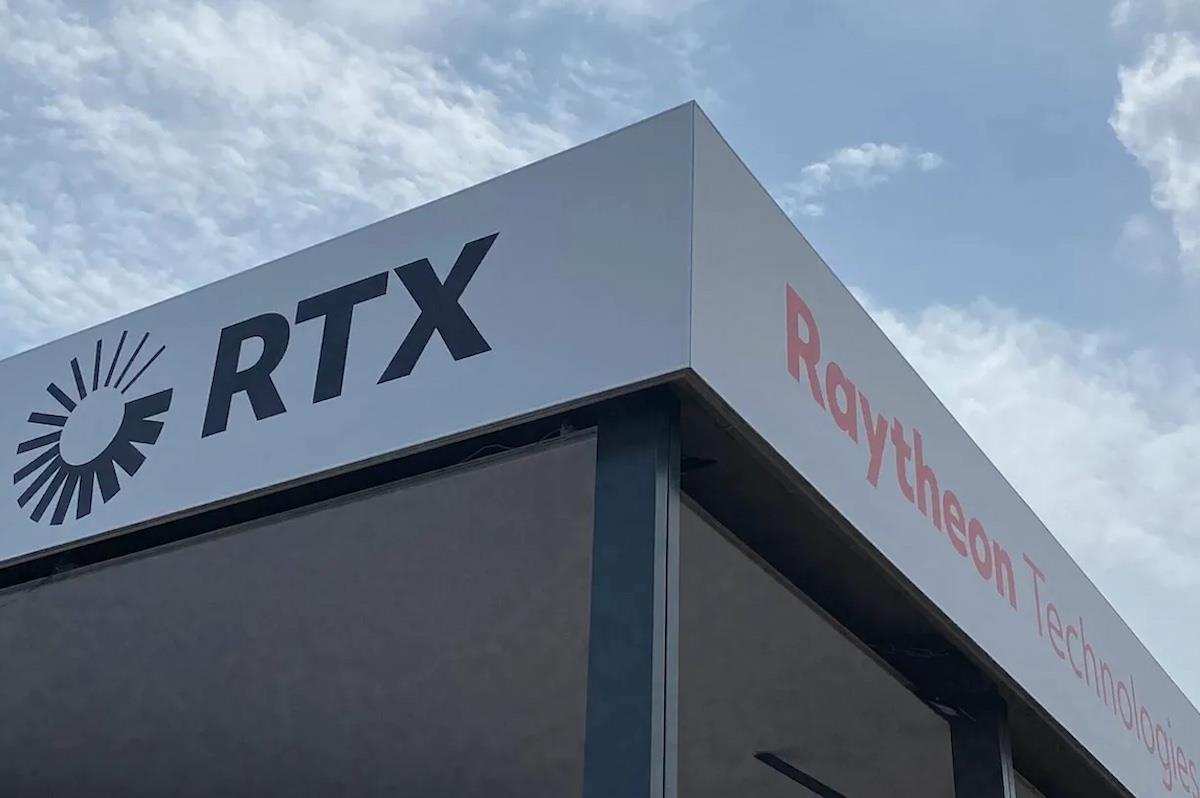

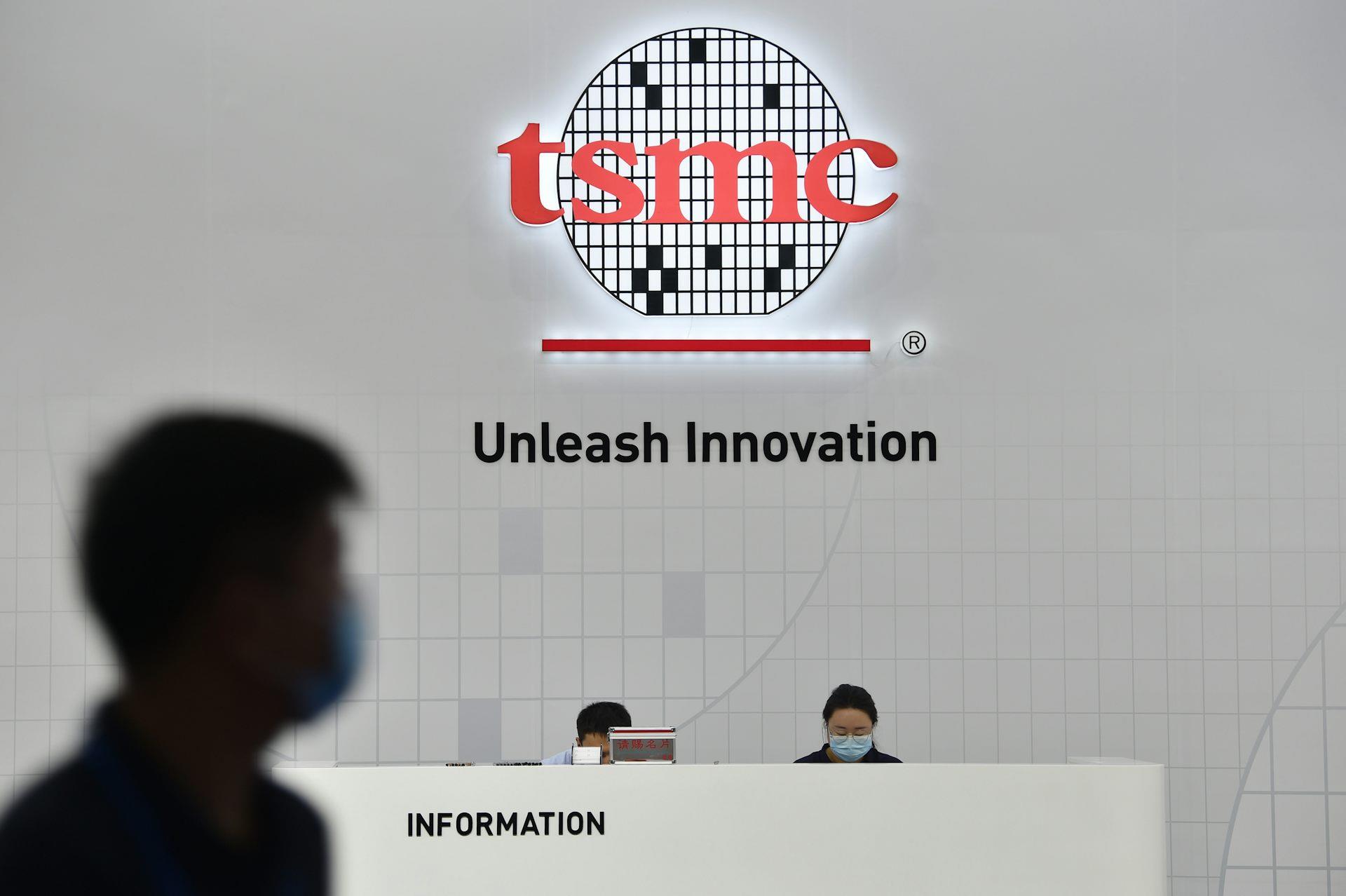
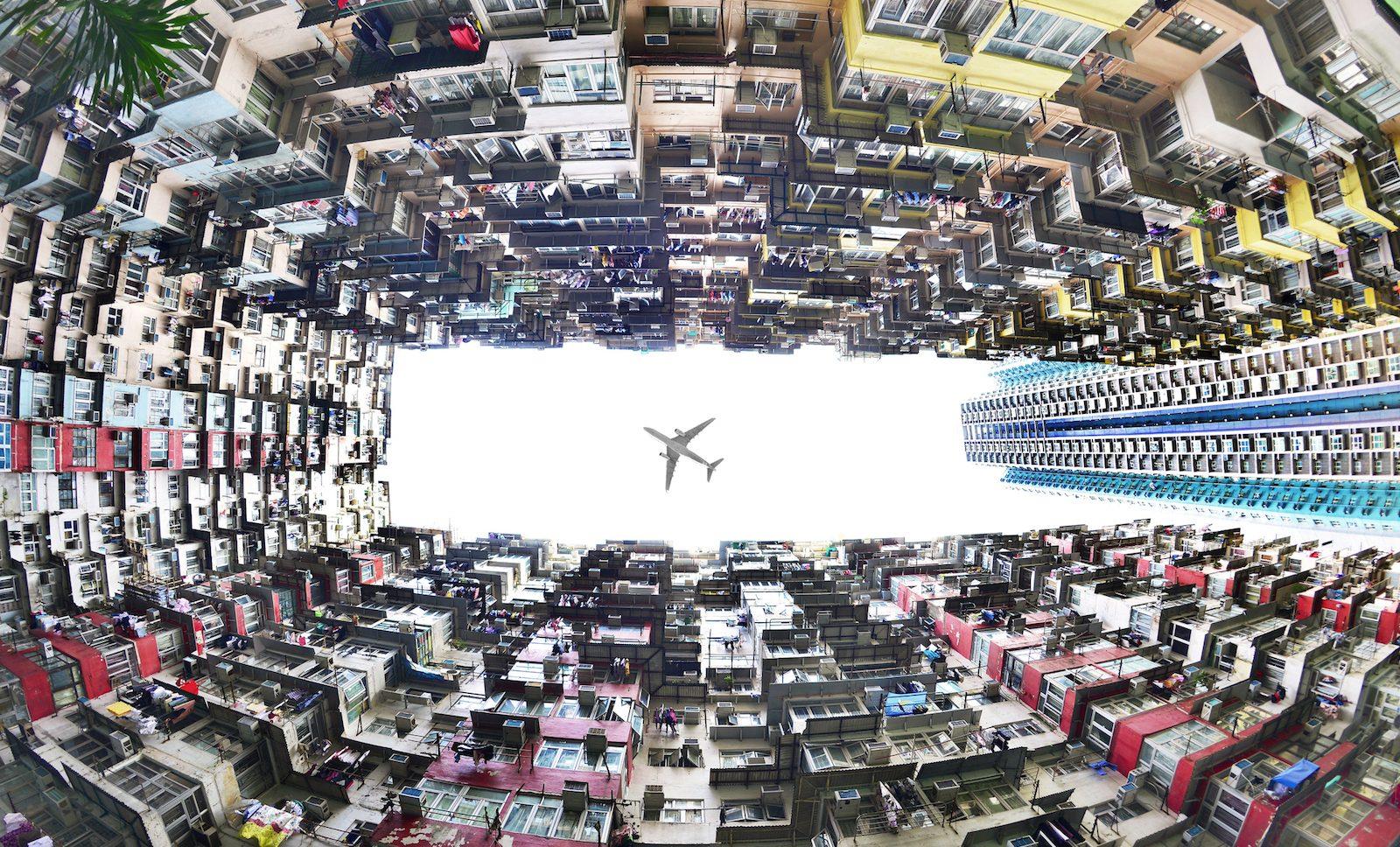




















Comments
No comment